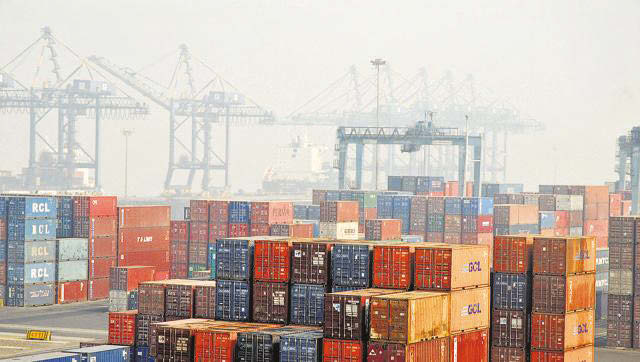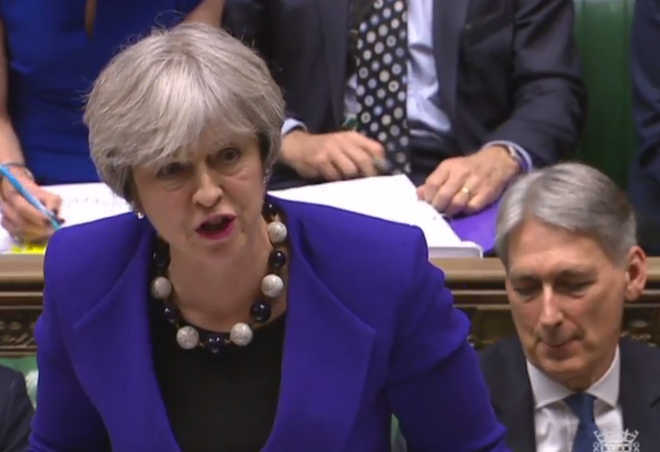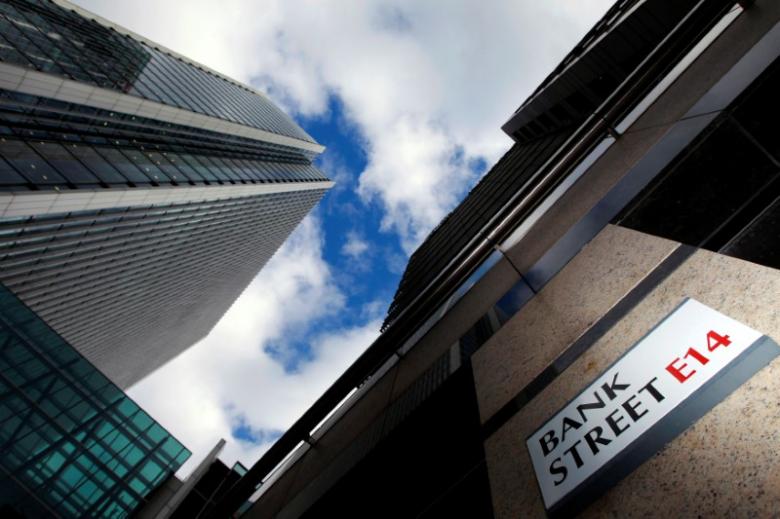
MUMBAI (TIP): India narrowly missed recording a surplus on its current account in the first quarter of 2016 – the broadest measure of its trade with the rest of the world, central bank data showed on Thursday.
Its overall balance of payments was in the black for the second consecutive quarter in January-March and for all of financial 2015/16, although the surplus narrowed sharply from the first quarter of last year due to lower foreign investments.
“The current account deficit can be comfortably financed by foreign direct investment alone, which shows that India’s external sector is on a strong footing,” said Siddhartha Sanyal, India economist at Barclays in Mumbai.
The current account deficit stood at$300 million or 0.1 percent of gross domestic product in January-March quarter compared with $7.1 billion, or 1.3 percent of GDP in the previous quarter.
For the 2015/16 fiscal year that ended in March, the current account deficit stood at $22.1 billion versus $26.8 billion the previous year, the Reserve Bank of India said.
High oil and non-oil imports and risks from a possible British vote to leave the European Union could keep exports growth muted and weigh on the overall balance of payments surplus, which fell to $3.3 billion in January-March from $4.1 billion the preceding quarter.
For the full year 2015/16, the balance of payments surplus was $17.9 billion, well down from $61.4 billion the previous year.
“The key risks to balance of payments arise from high oil, non oil imports and slow global growth, which could mean that exports may not post a positive growth rate this year,” said Indranil Pan, chief economist at IDFC Bank in Mumbai.
Global oil prices which had plunged to a 12-year low in January at $27.71 a barrel, have since risen 80 percent to$49.91 a barrel, adding to India’s energy import bill.
Nevertheless, India’s external sector balance sheet has seen a stark improvement from 2013 when fear of the US Federal Reserve slowing its stimulus inflated the balance of payments deficit and pushed the current account to a record gap of 4.8 percent of GDP.
Since then, country’s economy has gathered momentum and extended its lead as the world’s fastest-growing large economy, overtaking fellow Asian giant China, which grew 6.7 percent in the March quarter – its slowest expansion in seven years.
Success in bringing down inflation has given the RBI room to cut its benchmark interest rate by 150 basis points since January 2015 to the current 6.50 percent, the lowest level in more than five years.
India’s external financial position seems unlikely to improve much from current levels, however. The balance of payments, which includes the current account and the capital account covering flows of finance, is expected to continue to remain in surplus while the current account deficit may stay around 1 percent of GDP, analysts said.
In May, foreign investments in Indian equities and the debt market fell to a five-month low as lingering worries over a possible “Brexit” from the euro zone, a slowing Chinese economy and fear of the Fed raising interest rates dented demand.
The trade balance stayed in deficit in the March quarter, narrowing to
$24.8 billion from $34.0 billion in the previous three months.
The capital and financial account, which includes foreign direct investment and portfolio flows, registered a $200 million surplus in January-March, flipping from a $100 million deficit in the same quarter a year ago.





Be the first to comment